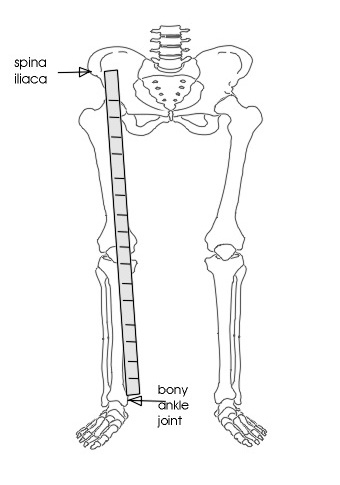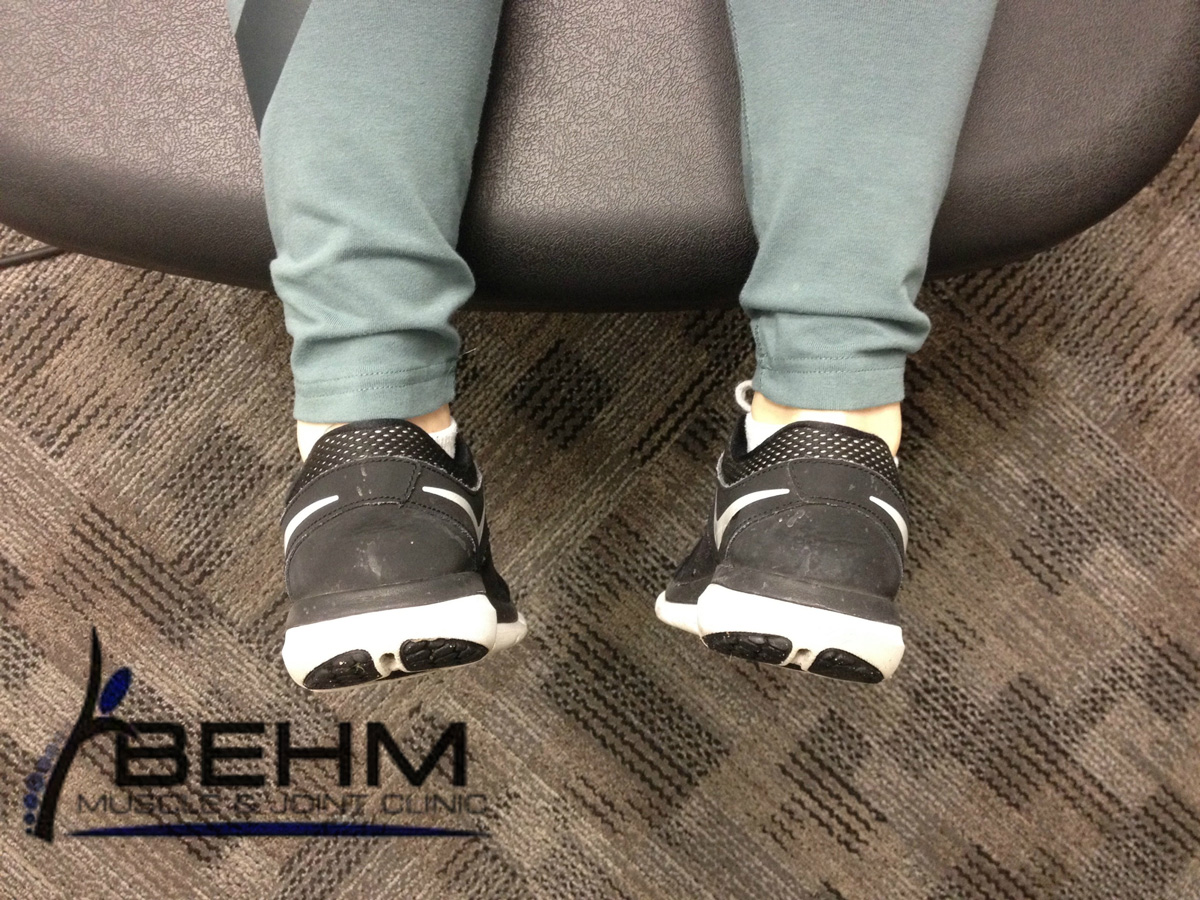Do You Really Have a Short Leg?
Limb Length Discrepancy (LLD) structural vs functional
Interestingly, almost everyone has legs that are within a few millimeters of being the same length. Which is funny, because here in the clinic I hear on a weekly basis how someone was told “your left leg is short” or you “have a short right leg.” Yes you can absolutely have a variance between your right and left leg and yes it is true that while moderate leg length discrepancies rarely cause problems in the general population, even small limb length discrepancies can cause injuries in runners.
The forces exerted when running are 3x greater that the forces associated with walking, a small LLD will be magnified 3-fold in a runner. The longer limb on a runner is more susceptible to stress fractures and patellar issues. Prior to being told you have a short right/left leg and to shoving a heel lift into your shoe it is important to determine whether you have a functional or structural LLD, because the treatments are different between the two. The most common cause of a functional limb length discrepancy is asymmetric muscle tightness (commonly on the side of the “short side” the quadratus lumborum, psoas, and hip adductors are tight and causing the leg to appear shorter)

Measurement for LLD. Place tape measure from ASIS to medial ankle
How to determine if I have a limb length discrepancy
Before you run out and put a heel lift in a simple test can be done to distinguish whether or not you have a functional or structural LLD. Here in the clinic we have the patient lay flat on their back and using a tape measure from their ASIS (boney prominence on the front of the pelvic bone just above belt line) to their medial malleolus (boney prominence at the medial ankle) to determine actual length of the lower limbs. When a true limb length discrepancy occurs via gait assessment and measurements by a professional and location of the symptoms match the side of discrepancy it is recommended that runners with a LLD greater than 4mm be treated with an appropriate lift. Specific home stretches/exercises and chiropractic adjustments help to restore symmetric flexibility and address soft tissue imbalances.
The Behm Muscle & Joint Clinic approach to limb length discrepancy.
As with all of our new patients we always begin with a thorough examination. A full gait assessment, functional tests, orthopedic tests of your complaint will be preformed and LLD measurements will be taken. If you are determined to have a functional LLD a series of exercises/stretches will be given to address muscle imbalances along with chiropractic adjustments to joints of restriction. A structural LLD heel lifts are determined on a case by case basis. If you are not an avid runner and your structural LLD is not greater than 2cm chances are you do not need a heel lift. If you are wanting us to take a look at you do not hesitate to schedule a consultation online or give us a call at 402-292-1450.
About the author
Dr. Behm was born and raised in Papillion, NE. He received his Bachelor’s degree in Exercise Science from the University of Nebraska – Omaha and following his undergraduate studies was a certified personal trainer (NSCA-CPT – National Strength and Conditioning Association) in the Omaha area for years, helping clients achieve their health and fitness goals. He received his Doctorate in Chiropractic from Cleveland Chiropractic College – Kansas City. While in school, he received multiple certifications to increase his knowledge of the human body and how to properly assess and treat his patients. This translates into our integrative approach to Chiropractic care and our combination of therapies to better address your musculoskeletal complaints. Dr. Behm is excited to return to his hometown and serve the community around him.
